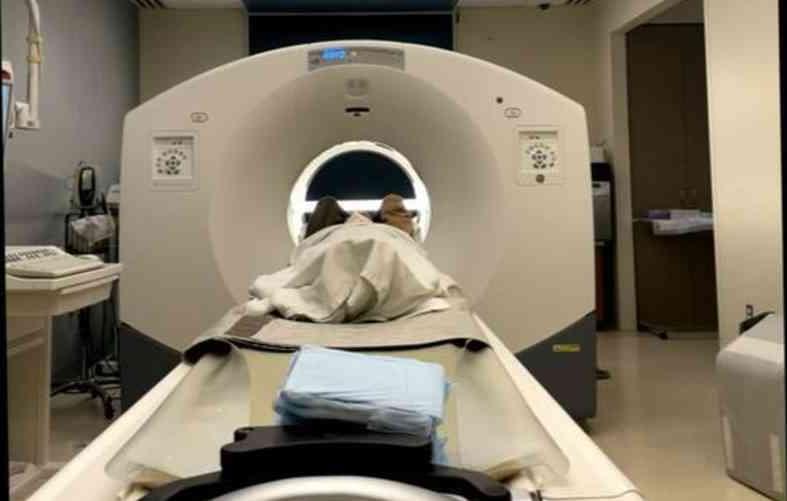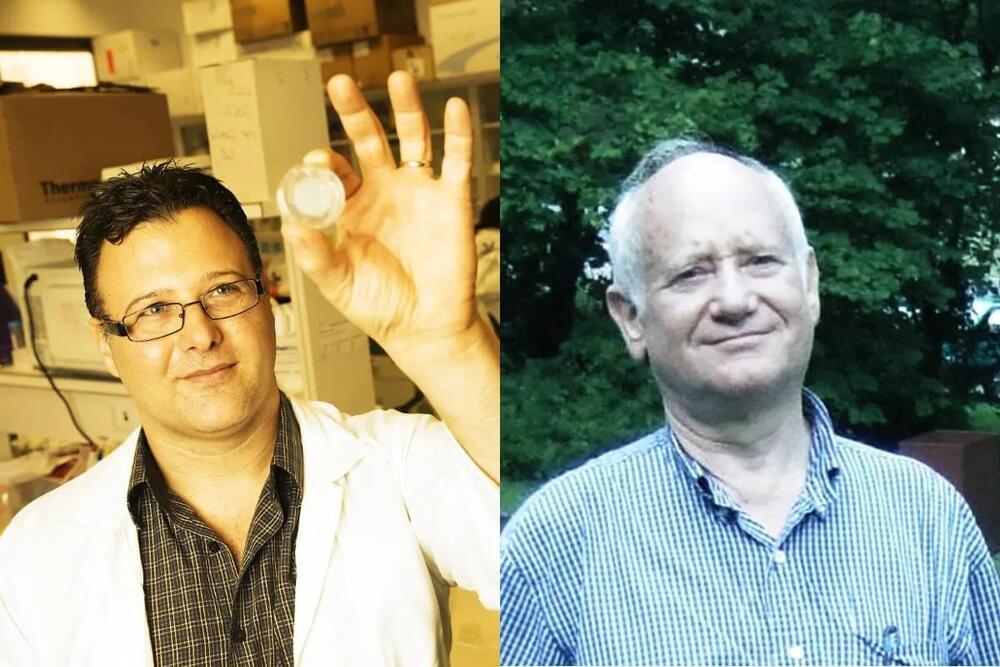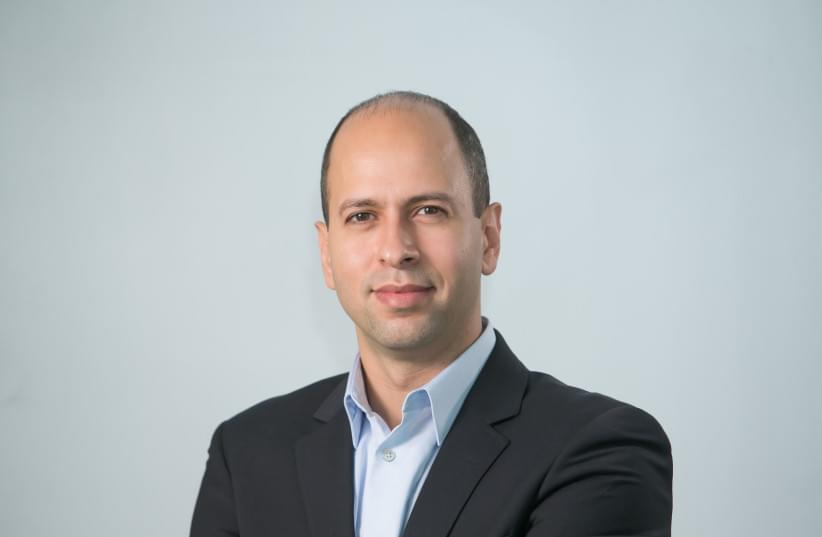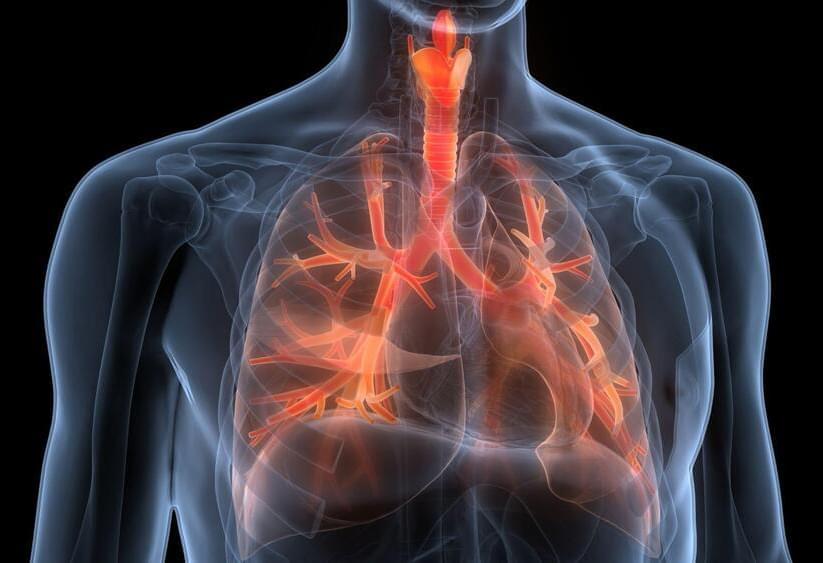About a month before giving birth, Kelly Spill said she noticed something wasn’t right. When using the bathroom, she reported “seeing blood,” and the problem persisted…



Researchers at the Hebrew University of Jerusalem have discovered a new family of molecules that enable cells to repair damaged components, making it possible for those tissues to retain proper function. The efficacy of the molecules was demonstrated on a model organism – the C. elegans roundworm. The research team examined the effect of various therapies on longevity and quality of life, and successfully showed they can protect the worm and human cells from damage.
The researchers, led by Professors Einav Gross and Shmuel Ben-Sasson, have founded a company called Vitalunga to advance the research and translate it into therapeutics.
Longevity. Technology: A major factor in aging tissues is the reduced effectiveness of our cell’s quality-control mechanism, which leads to the accumulation of defective mitochondria – the cellular ‘power plants’ responsible for energy production. Mitochondria can be compared to tiny electric batteries that help cells function properly. Although these ‘batteries’ wear out constantly, our cells have a sophisticated mechanism called mitophagy that removes defective mitochondria and replaces them with new ones. However, this mechanism declines with age, leading to cell dysfunction and deterioration in tissue activity, and is implicated in many age-related diseases, such as Alzheimer’s disease, Parkinson’s disease, heart failure and sarcopenia.

An Israeli company has launched a clinical trial to determine if its innovative microbiome-based therapeutic could increase the responsiveness of some cancer patients to immunotherapy.
The microbiome is gut bacteria – trillions of microorganisms that live in the intestinal tract and play a role in digestion, immunity and many other aspects of health.
Rehovot-based Biomica, a subsidiary of Evogene, dosed its first patients in a Phase I clinical trial at Rambam Health Care Campus last month with a new drug – BMC128 – that is expected to help patients who do not respond to immunotherapy. Specifically, the company hopes the trial will demonstrate the safety, tolerability and preliminary clinical effectiveness of its BMC128 microbiome-based immuno-oncology drug candidate in combination with immune checkpoint inhibitor (ICI) immunotherapy.


A surgical tool currently in clinical trials will slice fake flesh in space — providing groundbreaking new tech for space-based medical emergencies.

In a new study published in Nature, researchers have developed a breakthrough technique called spatial transcriptomics, which allows scientists to map tumors non-invasively and at an unprecedented resolution depth. For the first time, researchers have created a three-dimensional map of a whole prostate to an unprecedented resolution, including areas of healthy and cancerous cells. Surprisingly, the study revealed that individual prostate tumors contain a range of genetic variations, which until this point were unknown.
“We have never had this level of resolution available before, and this new approach revealed some surprising results,” said Alastair Lamb of Oxford’s Nuffield Department of Surgical Sciences, who jointly led the study.

Being bilingual slows down the negative effects of aging on the brain.
Our brains start slowing down in their once-magical abilities after a certain age.
Scientists have been finding out is that there are methods that can slow down the aging of the brain.
An experimental study has shown that being bilingual slows down the brain’s aging process.
Many of us know from personal experience that our brains start slowing down in their once-magical abilities after a certain point. You can’t remember certain things quite as well, and some calculations start taking longer. It’s a normal part of the “cognitive aging” that scientists have observed in humans. This aging happens at different rates in different people, based on each person’s so-called Cognitive Reserve. Some people may see few changes late in their years, while others may develop serious illnesses that affect their brain’s functions. As some areas of the brain experience changes in grey and white matter, cases of dementia and other neurodegenerative diseases tend to grow with age.
Full Story:

https://www.istockphoto.com/tr/foto%C4%9Fraf/human-respirato…hrase=COPD
As might be expected, it’s vice versa for insufficient or interrupted sleep. A new study conducted by researchers from the University of California, San Francisco (UCSF) shows that poor sleep quality may have significant negative effects on progressive lung disease, even more so than smoking.
